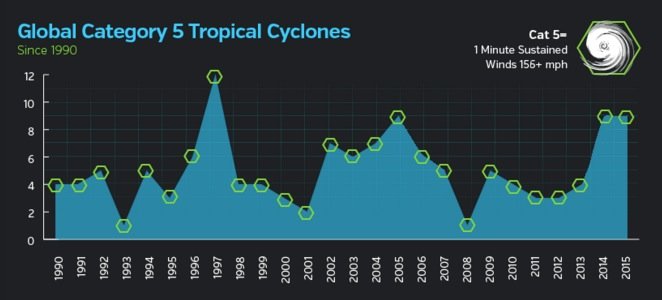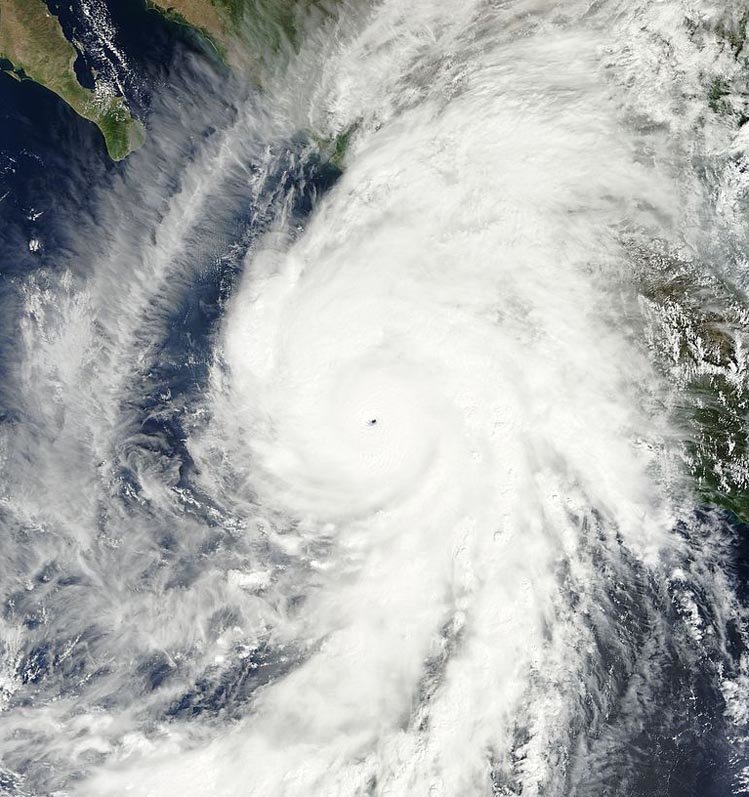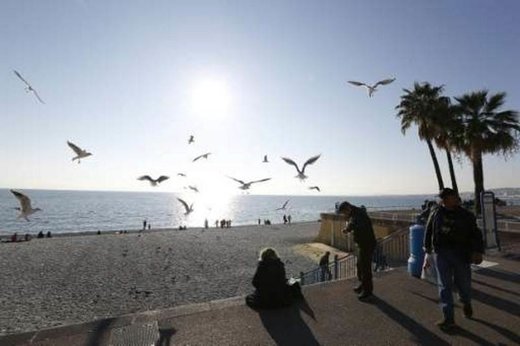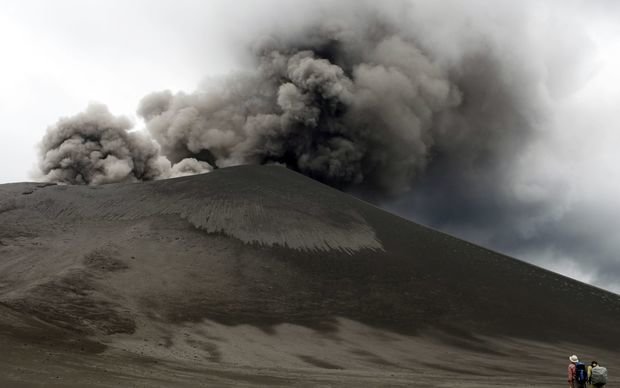Category Five: the phase evokes an almost reverential awe in novice and seasoned hurricane watchers alike, as one considers the incredible power and majesty of these most perfect but terrifyingly destructive storms on the planet. As we look back on the year in weather, a striking feature of 2015 is the bumper crop of these fearsome storms that appeared--thanks to El Niño bringing record-warm ocean temperatures to large swaths of the Pacific Ocean.
Nine Category 5 storms whipped into life over the world's oceans in 2015: five in the Northwest Pacific, one in the Northeast Pacific, one in the Southeast Pacific, and two in the South Indian Ocean. Since accurate global satellite records began in 1990, only one year has seen more. That record is held by the El Niño year of 1997, which had twelve Category 5 storms--ten of them in the Northwest Pacific. Two other season have seen nine Cat 5s--2004 and 2014. Earth averaged just 4.6 Category 5 storms per year between 1990 - 2014, according to ratings made by NOAA's National Hurricane Center and the U.S. Navy's Joint Typhoon Warning Center. The majority of these storms occur during the July - November peak of the Northern Hemisphere's tropical cyclone season, with 59% of all Cat 5s occurring in the Northwest Pacific.

© Weather UndergroundFigure 1. Global Category 5 tropical cyclones from 1990 - 2015, as rated by NOAA's National Hurricane Center and the U.S. Navy's Joint Typhoon Warning Center. There is no obvious trend in the numbers, though the past two years have seen an unusually large number of Cat 5s.
Here, then, is a "rogue's gallery" of all the Category 5 storms on Earth in 2015:

© NASAHurricane Patricia
Cat Five #9, Northeast Pacific Hurricane Patricia as seen by the MODIS instrument on NASA's Terra spacecraft at 1:30 pm EDT October 23, 2015. At the time, Patricia was the most intense hurricane ever observed in the Western Hemisphere, with 200 mph sustained surface winds and a central pressure of 879 mb. Patricia made landfall in an relatively unpopulated area near Cuixmala in Southwest Mexico on October 23 as a Category 5 storm with 165 mph winds, killing fourteen and doing $300 million in damage.



Comment: As the Earth's weather patterns become more chaotic, there can be wild temperature swings, but the general trend is still to cooling. It will be interesting to see whether this trend continues or ends abruptly.